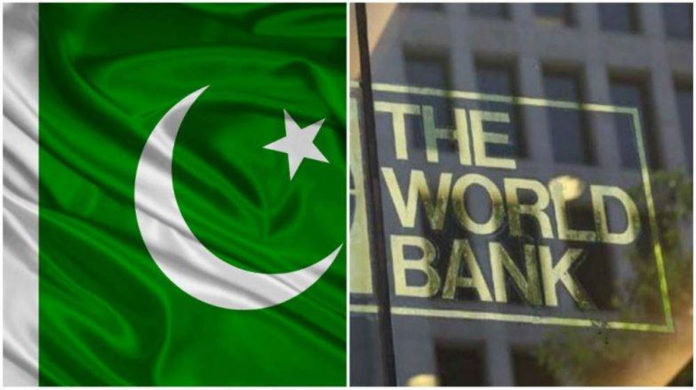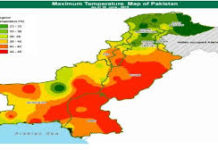By Muhammad Luqman
Growth in Pakistan declined to an estimated 3.3 percent in the fiscal year 2018-19, reflecting a broad-based weakening in domestic demand, says World Bank in its January 2020 Global Economic Prospects.
The Bank projects growth in the South Asian country is expected to languish at 3 percent or less through 2020, as macroeconomic stabilization efforts weigh on activity.
“Significant depreciation of the Pakistani rupee (the nominal effective exchange rate depreciated about 20 percent over the past year) resulted in inflationary pressures (SBP 2019). Monetary policy tightening in response to elevated inflation restricted access to credit. The government retrenched, curtailing public investment, to deal with large twin deficits and low international reserves,” stated the report.
The report, pointed out Pakistan as an exception in the South Asian region for having high inflation, in contrast to mostly stable inflation rate in the region on the back of weak domestic demand and broadly stable currency markets.
Whereas, progress in fiscal consolidation has broadly weakened. Pakistan’s budget deficit rose more sharply than expected. Contributing factors were a shortfall in revenue collection, combined with a sizable increase in interest payments.
The report said that macroeconomic adjustment in Pakistan, including a continuation of tight monetary policy and fiscal consolidation, is expected to continue. “Growth is projected to bottom-out at 2.4 percent in FY2019/20 (July 2019-June 2020). Thereafter, as macroeconomic conditions improve and structural reforms support investment, growth is projected to steadily advance, reaching 3.9 percent by FY2021/22,” it said.
Reflecting on South Asia, the World Bank estimated the growth in the region to have decelerated to 4.9 percent in 2019, reflecting a sharper than-expected and broad-based weakening in domestic demand.
In India, activity was constrained by insufficient credit availability, as well as by subdued private consumption. The report said that regional growth is expected to pick up gradually, to 6 percent in 2022, on the assumption of a modest rebound in domestic demand.
Growth in Bangladesh is projected to remain above 7 percent through the forecast horizon, Growth in India is projected to decelerate to 5 percent in FY2019/20 amid enduring financial sector issues.
The key risks to the outlook in South Asia include a sharper-than-expected slowdown in major economies, a reescalation of regional geopolitical tensions, and a setback in reforms to address impaired balance sheets in the financial and corporate sectors.
Global economic growth is forecast to edge up to 2.5% in 2020 as investment and trade gradually recover from last year’s significant weakness but downward risks persist, the World Bank report says.
Growth among advanced economies as a group is anticipated to slip to 1.4% in 2020 in part due to continued softness in manufacturing. Growth in emerging market and developing economies is expected to accelerate this year to 4.1%. This rebound is not broad-based; instead, it assumes improved performance of a small group of large economies, some of which are emerging from a period of substantial weakness. About a third of emerging market and developing economies are projected to decelerate this year due to weaker-than-expected exports and investment.
“With growth in emerging and developing economies likely to remain slow, policymakers should seize the opportunity to undertake structural reforms that boost broad-based growth, which is essential to poverty reduction,” said World Bank Group Vice President for Equitable Growth, Finance and Institutions, Ceyla Pazarbasioglu.
“Steps to improve the business climate, the rule of law, debt management, and productivity can help achieve sustained growth.” he said.
U.S. growth is forecast to slow to 1.8% this year, reflecting the negative impact of earlier tariff increases and elevated uncertainty. Euro Area growth is projected to slip to a downwardly revised 1% in 2020 amid weak industrial activity.
Downside risks to the global outlook predominate, and their materialization could slow growth substantially. These risks include a re-escalation of trade tensions and trade policy uncertainty, a sharper-than expected downturn in major economies, and financial turmoil in emerging market and developing economies. Even if the recovery in emerging and developing economy growth takes place as expected, per capita growth would remain well below long-term averages and well below levels necessary to achieve poverty alleviation goals.















